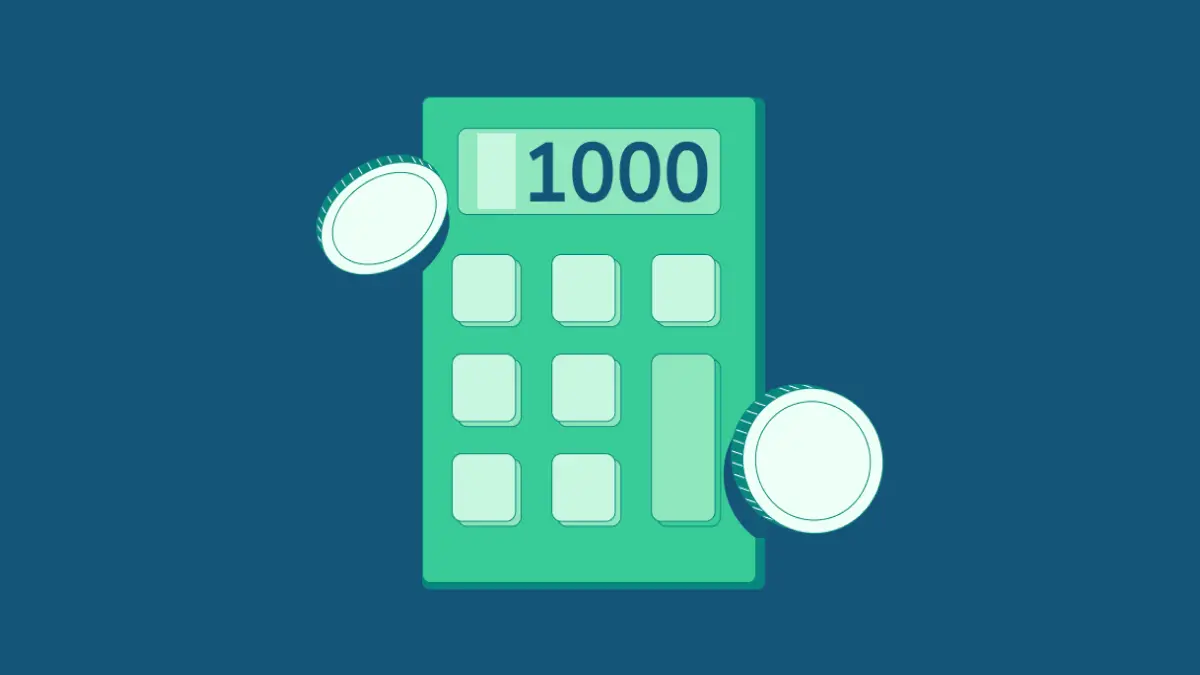Maximize Savings With a Safe Harbor 401(k) Plan...and Soon

Maximize Savings With a Safe Harbor 401(k) Plan...and Soon
In the United States, the most common type of retirement plan offered by employers is the 401(k). With over 70 million active participants and an estimated $7.4 trillion in assets, businesses of all sizes offer this type of plan to help their employees save for the retirement they deserve.
However, not all 401(k)s are the same. While offering any retirement plan can be a huge benefit, a safe harbor 401(k) plan may be particularly advantageous. Safe harbor plans can maximize a company’s tax savings and help retain employees, all while simplifying responsibilities for the employer.
Ready to launch a safe harbor retirement plan?
What Is a Safe Harbor 401(k)?
Like a traditional 401(k), a safe harbor plan gives employees access to a tax-advantaged savings and investment account. Generally, contributions to this account are automatically deducted from an employee’s paycheck and invested into funds of the employee’s choosing.
However, the key difference between a traditional and a safe harbor 401(k) is in the employer contribution. With a safe harbor plan, the employer agrees to make designated contributions to their employees’ accounts. With many traditional safe harbor 401(k) plans, these required contributions must immediately be 100% vested. However, there are exceptions. For example, with QACA 401(k) plans, the vesting schedule can be up to 2 years.
How Do Employer Contributions Work in a Safe Harbor Plan?
A business can choose three main “categories” of employer contributions when designing a safe harbor plan. These include:
- Basic match: The employer matches 100% on the first 3% of deferred compensation and a 50% match on the next 2%, for a potential match total of 4%.
- Enhanced match: The employer provides a match that is at least equal to what would have been made under a basic plan. A common formula is a 100% match on the first 4% of deferred compensation.
- Non-elective: The company contributes 3% or more of each employee’s compensation, regardless of whether the employee also makes elective deferrals.
The best contribution formula for each company will depend on the goals they have for their retirement plan. For example, if your primary goal is ensuring everyone receives a contribution no matter what, then a non-elective formula may be well suited for your business.
Benefits of Safe Harbor 401(k) Plans
Administrative Benefits
When 401(k) plans were first introduced, a central goal of the initiative was to ensure as many employees as possible participated and that businesses didn’t disproportionately favor their highly compensated employees (highly paid employees, officers, and owners) when making employer contributions.
As a result, traditional 401(k) plans are subject to what’s called “nondiscrimination testing,” a form of compliance auditing that ensures the average contributions of highly compensated employees do not exceed those of non-highly compensated employees.
Unlike traditional 401(k) plans, safe harbor plans automatically pass a number of required tests that keep the plan tax-qualified and avoid other penalties and costs. For this reason, safe harbor plans can be a great choice for certain businesses that may have trouble passing nondiscrimination testing. For example, a family-owned or small business with more highly compensated employees relative to non-highly compensated employees may benefit from a safe harbor plan.
Savings Benefits
Safe harbor plans are available to everyone at a company, including business owners who work for the company. With a safe harbor plan, employers can contribute the maximum annual deferral amount to their own 401(k) plan, which is $23,500 for 2025. With the addition of catch-up contributions, those 50 and older can contribute up to $31,000, and those 60-63 can contribute up to $34,750.
Tax Benefits
Come tax time, employers will be able to maximize their tax benefits by deducting applicable employee and employer matching contributions for the company. Because many owners pay themselves out of their company’s profits, these savings can directly improve their bottom line.
Plus, the SECURE Act 2.0 has expanded retirement savings coverage and encourages the use of these plans. Businesses can receive tax credits for starting a new, qualified retirement program, which includes a safe harbor 401(k) plan.
Employers with 100 or fewer employees may be eligible to receive a startup credit of up to $5,000 per year for three years. The full credit, which covers 100% of eligible startup costs, is available to employers with 50 or fewer employees, phasing out for employers with 51-100 employees. Additionally, employers can also receive a tax credit equal to the amount of contributions they have made on behalf of non-highly compensated employees, up to $1,000 per employee.
Taken together, the changes brought by the SECURE Act 2.0 have made it significantly more affordable for businesses of all sizes to start a new retirement plan like a safe harbor 401(k) plan.
Maximize Savings Before the New Year
Safe harbor plans must be in effect three months prior to the plan year-end date, which means eligible employees must be able to make salary deferrals starting no later than the first pay date on or following October 1. This means you must sign agreements with Vestwell by or before September 16, 2025.*
Businesses interested in offering a safe harbor 401(k) plan should gear up and act in the summer or early fall. Leave time to get your plan up and running so you can give employees long enough to make elections before their first payroll.
Dates to Know for Switching to a Safe Harbor Plan
If you already have a different type of plan, you can always amend your offering to take advantage of safe harbor benefits. The deadline to amend your plan with Vestwell is October 24, 2025.
Overall, there are benefits to any type of retirement offering, but a safe harbor plan can be a smart decision for many companies.
Start Your Safe Harbor 401(k) Plan
If you are an employer interested in setting up a 401(k) plan for your business, you can contact Vestwell to determine if you are eligible to receive generous tax credits from the SECURE Act 2.0, which can cover up to 100% of your retirement plan costs for the first three years of service. Interested? Start your safe harbor search here.
*All Vestwell onboarding requirements must be completed 2 weeks prior to first payroll in October.








